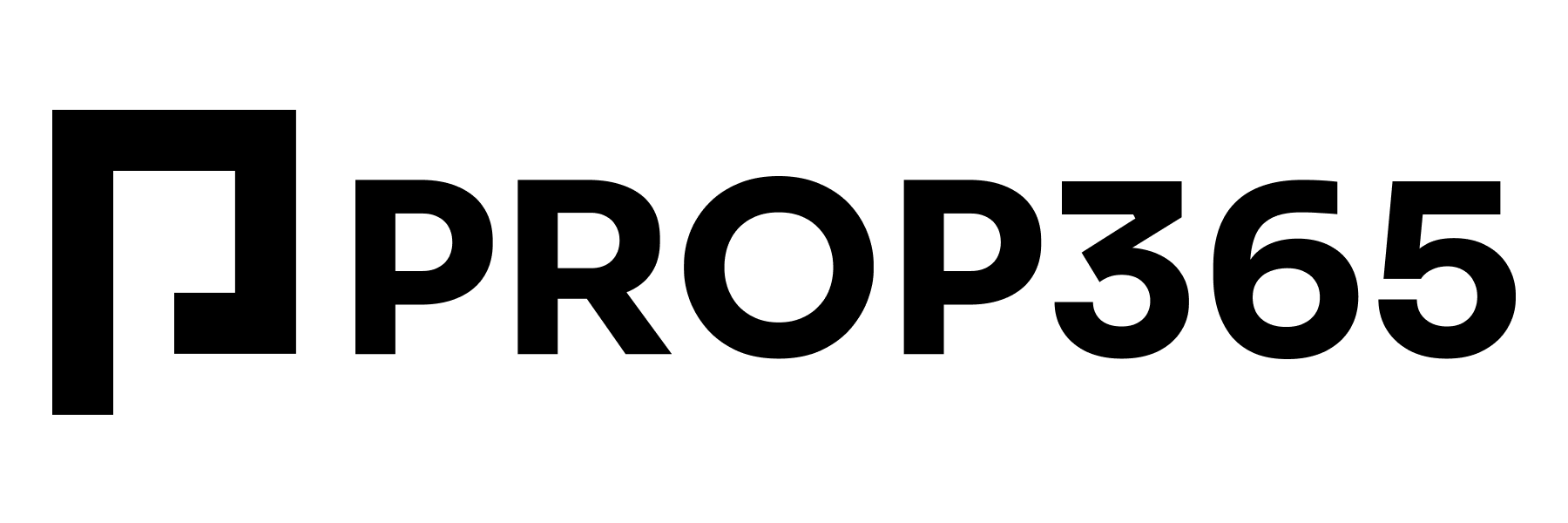S
Story Stock: A term used in finance and investing to describe a company's stock that is primarily driven by its narrative or future growth potential rather than its current financial performance or fundamentals. Investors are often attracted to these stocks…
Straddle Options Strategy: A straddle options strategy involves buying both a call option and a put option for the same underlying asset, with the same strike price and expiration date. This strategy is typically employed when an investor anticipates significant…
The "Straight Line Method" is a method of depreciation used to allocate the cost of an asset evenly over its useful life. Under this method, the same amount of depreciation expense is charged each year, which simplifies accounting and budgeting.…
Strike Price: The strike price, also known as the exercise price, is the predetermined price at which an option contract can be exercised. It is the price at which the underlying asset can be bought (for call options) or sold…
Student loan forbearance is a temporary relief option that allows borrowers to pause or reduce their student loan payments for a specified period. During forbearance, interest may continue to accrue on the loans, which can increase the total amount owed…
Subsidiary refers to a company that is controlled by another company, known as the parent company or holding company. The parent company owns a majority (more than 50%) of the subsidiary's voting stock, allowing it to exert control over the…
Subsidies are financial assistance provided by the government to individuals or businesses to promote economic and social policies. They can take various forms, including direct cash payments, tax breaks, or in-kind support, and are intended to encourage specific activities, reduce…
Subsidized Student Loans are federal student loans available to eligible undergraduate students based on financial need. The key feature of subsidized loans is that the federal government pays the interest on the loan while the borrower is enrolled at least…
A subsidy is a financial aid or support extended by the government or an organization to promote economic and social policy. It is often used to encourage the production of goods and services, lower the price of essential items, or…
Sunk Cost Fallacy refers to the cognitive bias where individuals continue an endeavor or continue consuming resources based on previously invested resources (time, money, effort), rather than on a rational assessment of future benefits and costs. For example, if someone…
Supercycle: A supercycle refers to a prolonged period of significant growth or decline in a particular market or economy, often spanning several years or even decades. This term is commonly used in the context of commodities, financial markets, and economic…
Supervised Machine Learning Supervised machine learning is a type of machine learning where an algorithm is trained on a labeled dataset. Each training example is composed of an input object (features) and an output value (label). The algorithm learns to…
A supply chain is a network of organizations, people, activities, information, and resources involved in the creation and sale of a product, from the initial raw materials to the final customer. It encompasses the entire process of production, processing, and…
Supply Chain Management (SCM) refers to the integrated process of managing the flow of goods, services, and information from the initial suppliers to the final customers. It encompasses the planning and management of all activities involved in sourcing, procurement, conversion,…
Surplus refers to the amount that remains when a quantity is greater than what is needed or required. In economics, it often relates to the excess of income over expenditure, or the difference between the supply of a product and…
Surrender Charge: A surrender charge is a fee imposed by an insurance company or financial institution when a policyholder withdraws funds from a contract, such as an annuity or life insurance policy, before a specified period known as the surrender…
Sustainability Sustainability refers to the ability to meet the needs of the present without compromising the ability of future generations to meet their own needs. It encompasses a balanced approach to environmental, social, and economic considerations, aiming for long-term viability…
Sustainable Investing refers to the practice of incorporating environmental, social, and governance (ESG) factors into investment decisions. This approach aims to generate long-term competitive financial returns while promoting positive societal impact and responsible stewardship of resources.Examples of sustainable investing include:…
Swing Trading Swing trading is a trading strategy that aims to capture short to medium-term gains in a stock (or any financial instrument) over a period of a few days to several weeks. It involves holding positions longer than day…
Swing Trading Swing trading is a trading strategy that aims to capture short to medium-term gains in a stock (or any financial instrument) over a period of a few days to several weeks. It involves holding positions longer than day…
Switching Barriers refer to the obstacles that make it difficult for customers to switch from one provider or product to another. These barriers can include financial costs, perceived risks, loyalty programs, or the complexity of changing systems. They serve to…
Switching Costs refer to the expenses and barriers that a consumer or business faces when changing from one product or service to another. These costs can be financial, time-related, or psychological, and they can significantly impact customer loyalty and market…
SWOT Analysis is a strategic planning tool used to identify and evaluate the Strengths, Weaknesses, Opportunities, and Threats related to a business or project. This analysis helps organizations understand their internal capabilities and external market conditions.Strengths: Internal attributes that are…
